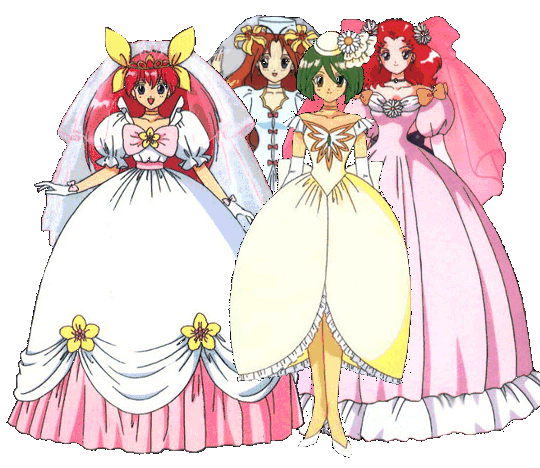Brainstorming/Interest Check: Living Halcyon City
So, I was recently inducted into the Greybark Adventurers’ League, a living campaign setting for Dungeon World, and it seems pretty darn cool so far. The adventuring guild setup provides a fictional framework for characters to link up on the fly and create a big network of relationships, and the lore of the world is built up out of all these different sessions run by multiple GMs. There are also non-canon sessions for when people just want to play around without worrying about setting consistency. Like I said: cool stuff!
Naturally, this got me to thinking about how to do the same kind of thing in Masks. Luckily, the superhero genre provides a pretty close analogue to an adventurers’ guild in the form of larger super-teams. I’m thinking something along the lines of maybe my favorite supers cartoon, Justice League Unlimited, with a rotating cast of thematically disparate heroes working together to fight evil and work out their personal issues.
I think using a similar setup with Masks would work. Not sure how much NPC adult membership there should be, if any; that’s something to brainstorm, of course.
Other concerns also spring to mind, and I’d love to hear thoughts on how to handle them:
1) The biggest thing is that Masks is at its best when it’s focusing on the PCs’ inner and interpersonal lives, and keeping the focus there could be difficult with rotating players and GMs. In Dungeon World, it’s comparatively easy to set up a ‘mission,’ because a lot of the fun is exploring the world; throw in some monsters, magic and mystery and you can’t go too wrong. But if you spend every session of Masks just punching supervillains, you’re going to be missing a lot of the juicy parts.
Best thing I can think of for this is to advise GMs to include some social scenes in each mission, and to pepper the fights with personal touches. Also, naturally, take very good notes about each character, so other GMs know where everyone’s head space is at.
2) Masks has probably the most ridiculously in-depth group character generation I’ve ever seen–which is awesome, but doesn’t lend itself great to an unstable team roster. I’m thinking the initial setup can be done by a communal answering of the “how the team first came together” questions, and as new characters are introduced we can have them tell us how they became involved with the league by answering a few specific questions about their first mission, likely drawn from that same list. This will be a chance for them to either introduce new threats (that have been here the whole time, it’s just we haven’t dedicated an episode/issue to them yet!) or latch onto existing ones.
Similarly, whenever PCs meet for the first time we need to assess the Influence situation between them. Tracking Influence in general could be a lot of bookkeeping due to the larger number of characters–but then, you only need to worry about Influence for the characters present at a given session, so it shouldn’t be too bad.
That’s all I have for now. Any other concerns that I might have missed? Would anyone be interested in this kind of thing, as either player or GM or both? Share your thoughts below!

